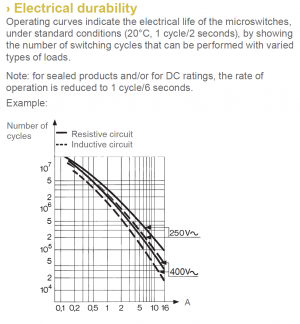- Joined
- Jun 12, 2014
- Messages
- 5,053
Maybe a bit unclear as to the setup you have. As mentioned the motor should be directly wired to the VFD, switching the VFD motor output while it is running can result in damage and negates the feedback in sensorless vector mode. If you are then repurposing the current motor switch to activate the VFD contacts, they are are at 24VDC and a few mA. They need contacts that are designed to work with this low voltage/current. In the past both myself and others have tried to use switch gear and contactors that had been previously used to switch the motor 230VAC and had developed resistance across the contacts. As a result when subsequently used for switching the VFD inputs they often made poor intermittent connections. That is the reason for replacing the current motor rotary switch with a new 3 position maintained switch.


